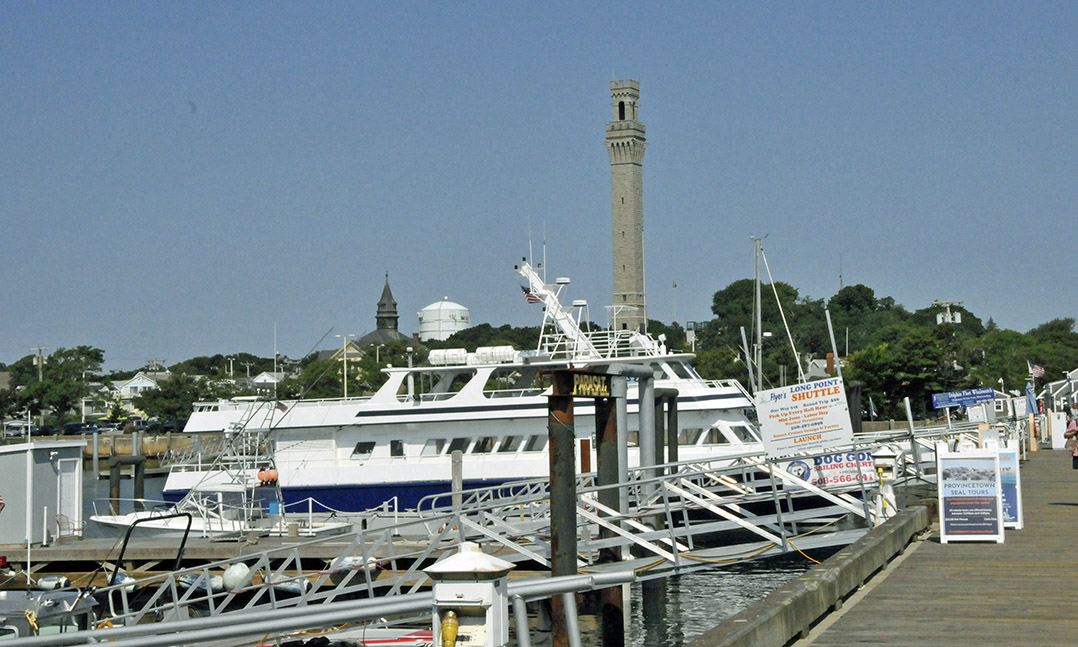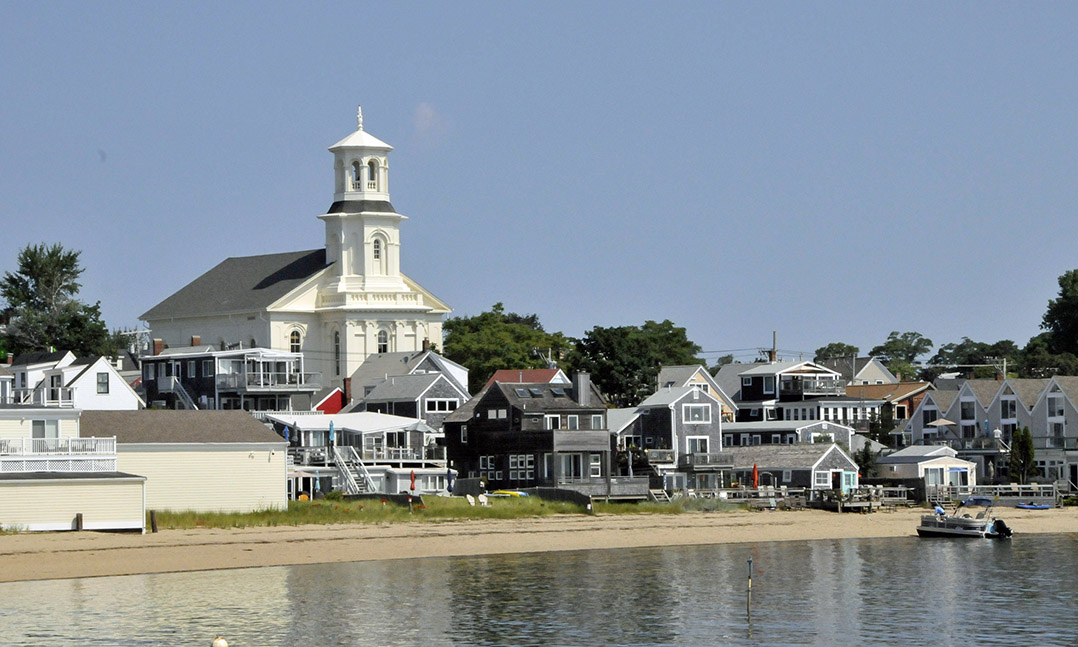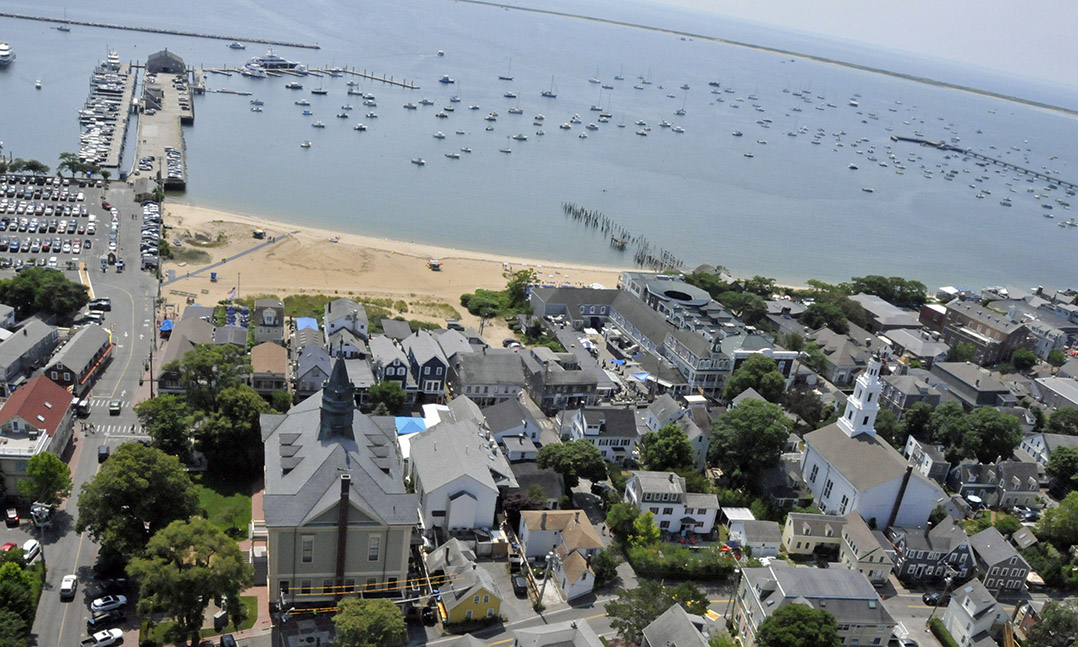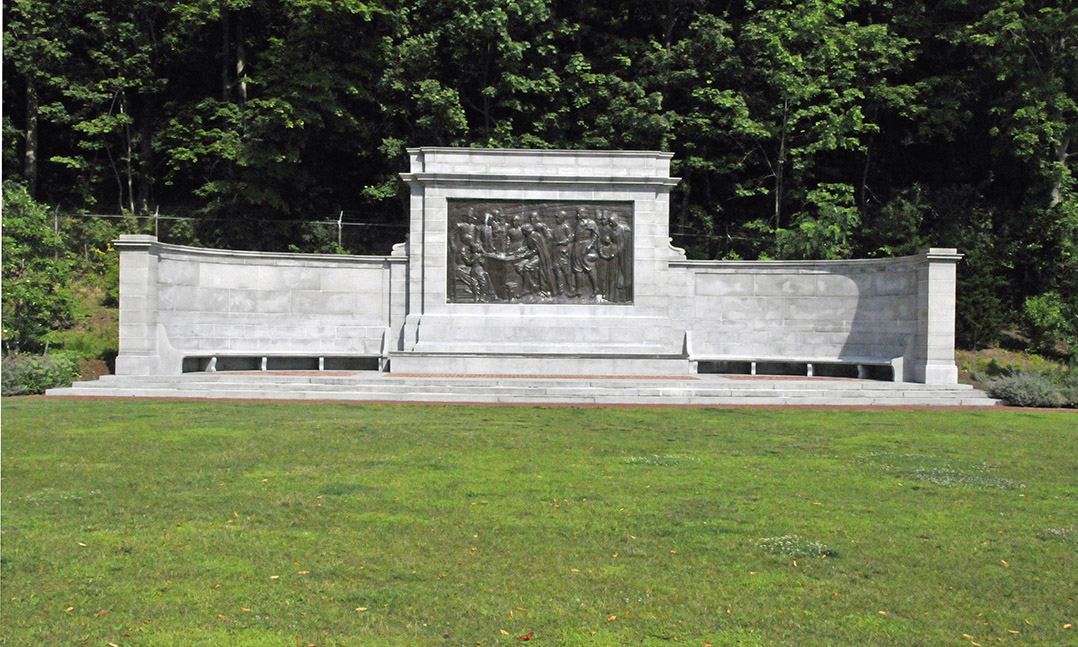Today, our road trip reaches Cape Cod, a narrow peninsula curving upwardly from the southeastern corner of Massachusetts. We will visit historic Provincetown, where the so-called “Pilgrims” first landed.
On Sept. 6, 1620, the Mayflower left Plymouth, England, with 102 passengers, including 41 “Separatists” (later called “Pilgrims”) seeking freedom from the Church of England. Their intended destination was the English Virginia Colony, established in 1607. But storms blew the 100-foot ship off course, and it anchored on Nov. 11, 1620, near the tip of Cape Cod. Because they were now beyond existing legal authority, 41 male passengers, including non-Separatists, signed the “Mayflower Compact” while still onboard, the first American document establishing a self-governing community. The passengers then went ashore near what is now Provincetown. Three expeditions on a small boat around Cape Cod Bay determined that what is now Plymouth, Mass., would make a suitable settlement site. The Mayflower then sailed to Plymouth Harbor, arriving on Dec. 18. The passengers stayed aboard the ship during the harsh winter. Although the indigenous Wampanoag aided them, about half the passengers and crew died of various diseases before the survivors went on shore in March 1621.
Provincetown, with a current population of about 3,600, is a picturesque resort town, long known for its liberal and gay-friendly attitude. Boats along the pier in Provincetown Harbor offer whale sighting trips and leisurely cruises. Visitors can get a spectacular view of the entire area by climbing to the top of the 252-foot-tall Pilgrim Monument, erected between 1907 and 1910, to commemorate the first landfall of the Mayflower and still the tallest all-granite structure in the United States. A nearby museum chronicles the history of Cape Cod. A stone memorial honors the signing of the Mayflower Compact in Provincetown Harbor and includes the text of that document. Don’t miss Provincetown.






